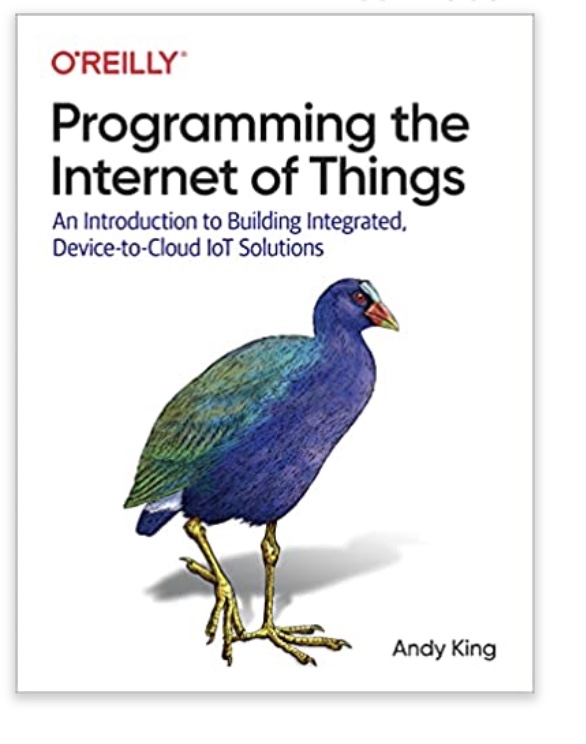Recent Posts
Controller Area Network (CAN), SAE J1939, NMEA 2000 Wireless Module for IoT and ELD Applications
Posted by on
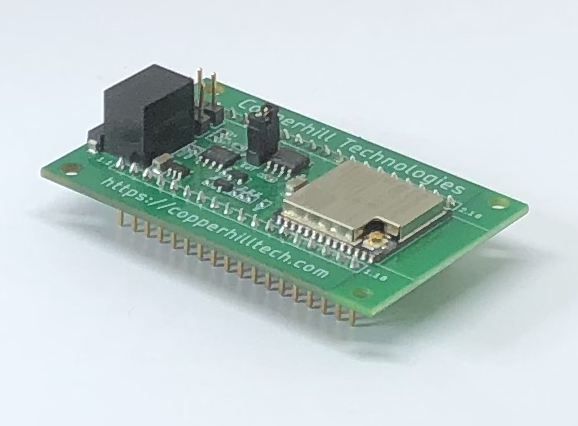
Due to the global shortage of electronic components, we at Copperhill Technologies began rethinking our strategy regarding new developments. Luckily, that change turned out to be a blessing in disguise because the transition from NXP LPC to the ESP32 processor opened the door to more industrial and automotive applications, especially those involving wireless transmissions for the Internet of Things (IoT) and Electronic Logging Devices (ELD).
The result of this new development comes in the form of our JCOM.CAN.ESP32 board, which represents the core of our future wireless CAN Bus, SAE J1939, and NMEA 2000 gateways. At the time of this writing, the board has been tested, and is available in production volumes.
Features
- ESP32 Processor - 32-bit LX6 Microprocessor with clock frequency up to 240 MHz
- 520 KB of SRAM, 448 KB of ROM and 16 KB of RTC SRAM
- Supports 802.11 b/g/n Wi-Fi connectivity with speeds up to 150 Mbps
- Support for both Classic Bluetooth v4.2 and BLE specifications
- Onboard CAN Bus Controller and Transceiver
- Two UART ports
- One SPI/I2C port
- Four LED outputs (two onboard, two for external mounting)
- Seven GPIO signals
- Power Input Range: 8 to 36 VDC, max. 1 Amp
- Operating Temperature: -40C to +85C
- Size: 61mm x 39mm x 15mm - 2.4" x 1.5" x 0.6" (W x L x H)
New Products

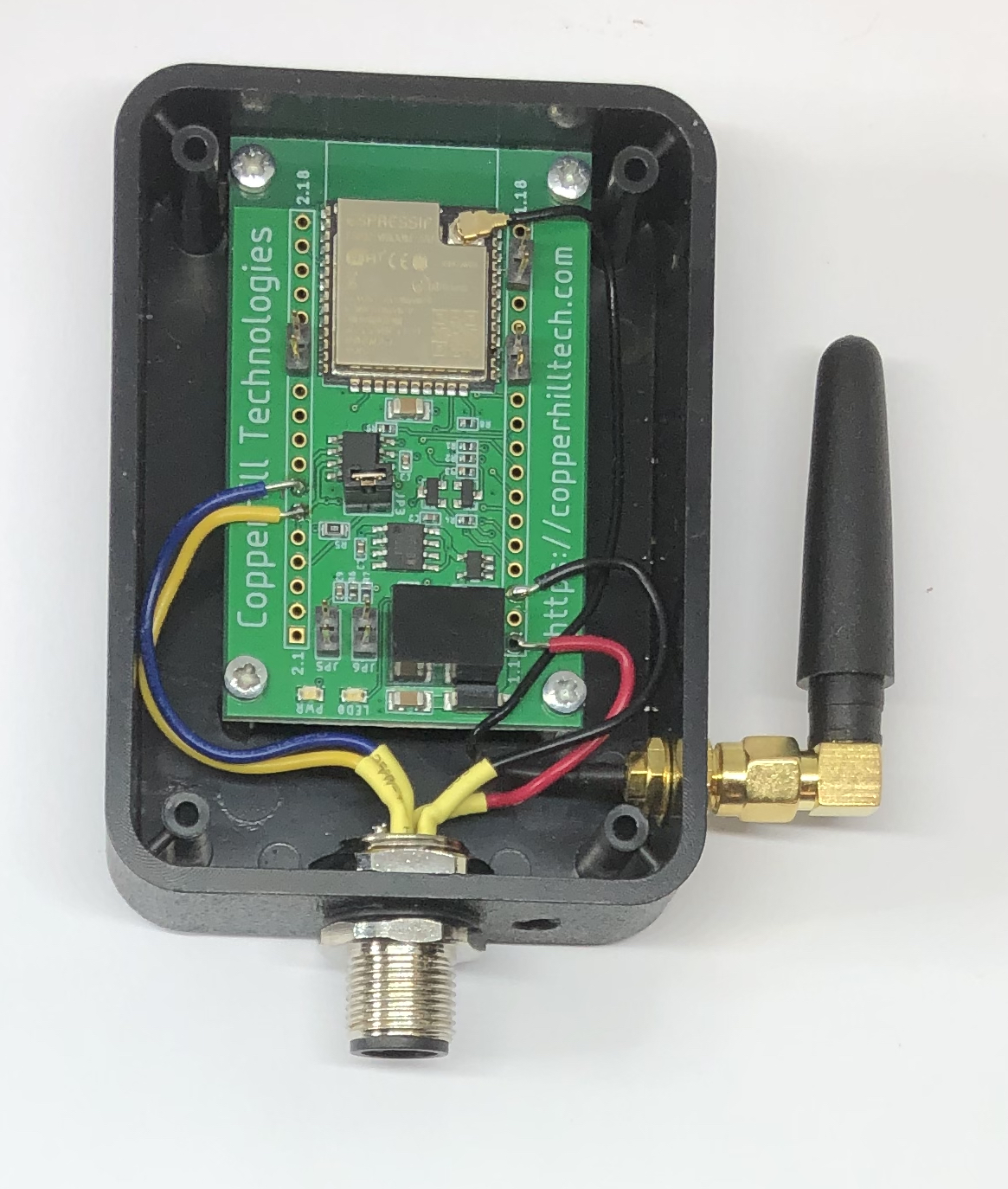
The first new products will be a CAN Bus, SAE J1939 and NMEA 2000 to Bluetooth gateway. The images represent a mockup of the final NMEA 2000 product in planning. The CAN Bus and SAE J1939 versions will come with a DSUB9 connector, while the NMEA 2000 version utilizes an M12 5-pin connector. The enclosure is a customized version of the standard Polycase LP-21P (size 3.29 x 2.42 x 1.00 in / 83.57 x 61.47 x 25.40 mm). We expect production volumes of both versions by October 2022.
Another product under development is the JCOM.ESP32.DEV board, which, as the name implies, serves as an ESP32 development board for end users.
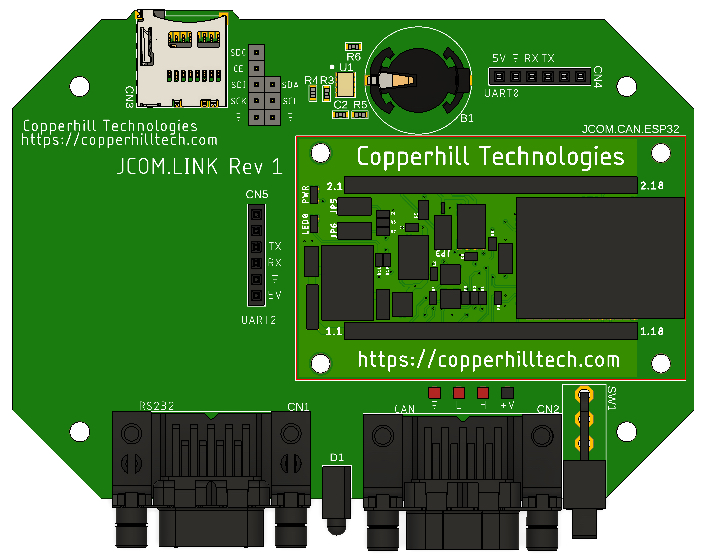
The board adds two DSUB9 connectors (CAN Bus, RS232), an SD card interface, and a Real-Time Clock (RTC) to the JCOM.CAN.ESP32 module. The board size was designed to fit in the Polycase LP51F enclosure, which we will provide as an option.
In addition, we will deliver free C source code for all hardware interfaces (SAE J1939 and NMEA protocol stack excluded).
Furthermore, we will use the same design to replace our current SAE J1939 to RS232/USB gateway and our SAE J1939 GPS module.
The ELD (Electronic Logging Device) Aspect
In the past, we received several inquiries regarding developing an Electronic Logging Device. To mention it upfront, the full development of an ELD application involves technologies, specifically the data processing and the cellular transmission to a server, that are out of our area of expertise. Consequently, we focus on the data retrieval from the vehicle network and provide an API (Application Programming Interface) for processing on a central device with a powerful operating system (Android, iOS, Linux, Windows, etc.).
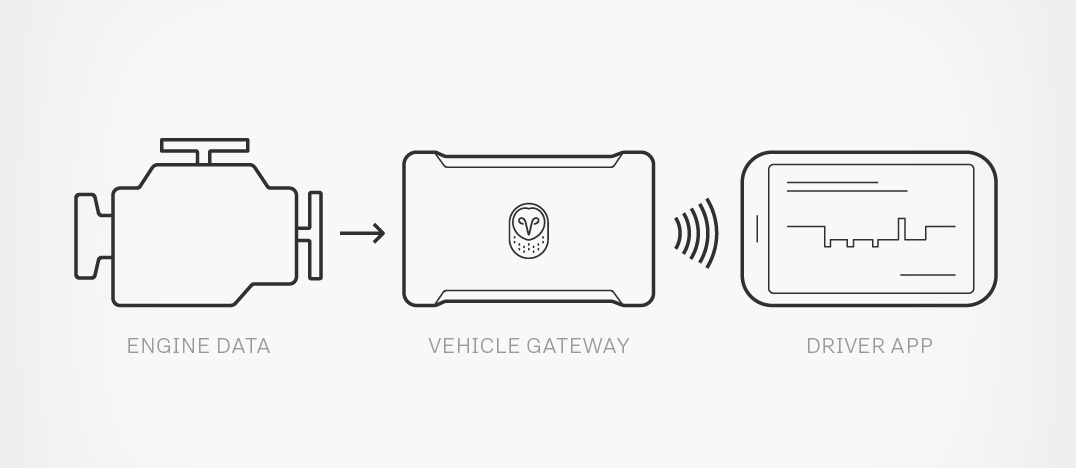
We deem our SAE J1939 to Bluetooth device to be a perfect choice for the above shown Vehicle Gateway. For more information on ELD concepts, see our post Electronic Logging Device (ELD) Rule.
The IoT (Internet of Things) Aspect
I don't want to go too deep into the topic of IoT. There is more than sufficient online information available to cover IoT. I would like to stress the point that the ESP32 processor supports wireless technologies such as Bluetooth, BLE, and WiFi. We are currently working on the Bluetooth connection and will add BLE and WiFi in the future. All this is only a matter of extending and modifying existing software. The hardware already exists and requires no modifications other than exchanging the antennas.
For more information, please feel free to contact us.
Programming the Internet of Things: An Introduction to Building Integrated, Device-to-Cloud IoT Solutions
Learn how to program the Internet of Things with this hands-on guide. By breaking down IoT programming complexities step-by-step and building-block fashion, author and educator Andy King demonstrates how to develop and build your full-stack, end-to-end IoT solution from device to cloud.
This helpful book walks the reader through tooling, development environment setup, solution design, and implementation. You will learn how a typical IoT ecosystem works and how to tackle integration challenges when implementing your IoT solution.
So, whether you are an engineering student learning the basics of the IoT, a tech-savvy executive looking to understand the nuances of IoT technology stacks better, or a programmer building your smart house solution, this practical book will help you get started.
 Loading... Please wait...
Loading... Please wait...

